Introduction – Types of Coal in Pakistan:
Coal serves as a vital natural resource that plays a crucial role in the energy sector and industrial development of Pakistan. With substantial coal reserves, Pakistan has the potential to reduce its reliance on imported fuels and improve its energy security. The provinces of Sindh, Punjab, Balochistan, and Khyber Pakhtunkhwa hold the majority of the country’s coal reserves, with the Thar coal deposits ranking among the largest in the world.
The estimated total coal reserves in these regions amount to approximately 185 billion tonnes.
This article provides an in-depth overview of Pakistan’s coal reserves, the different types of coal found within the country, and their economic significance.
Major Coal Reserves in Pakistan:
Pakistan possesses approximately 185 billion tons of coal reserves, distributed throughout different areas. Here are several key coalfields:
Thar Coal Deposits (Sindh)
The biggest coal reserves in Pakistan are located in Sindh, estimated to be around 175 billion tonnes. The Tharparkar area within Sindh is reported to contain significant deposits.
- The largest coal reserve in Pakistan is located in the Thar Desert, situated in the Sindh province. The estimated reserves amount to 175 billion tons of lignite coal.
- This site is considered one of the largest unexplored coal reserves in the world.
- It is currently under development as part of the China-Pakistan Economic Corridor (CPEC) to facilitate electricity generation.
Lakhra Coal Mine (Sindh)
- Situated close to Jamshoro, Sindh.
- Includes lignite coal of low to medium quality.
- Mainly utilized in brick kilns and electricity generation facilities.
Salt Range and Makarwal Coalfields (Punjab)
The Kingri sub-Tehsil, located in the Musakhel District, borders the Punjab Province. In the early 1980s, they commenced coal exploration; however, they discontinued it due to insufficient road infrastructure. During President Musharraf’s tenure, they made improvements to the roads linking Fort Minro to Kingri. The region features two streams, one originating from Chamalang and the other from Duki. The areas rich in coal are conducive to mining. More than fifty mines are currently active in that area. Kingri’s Aram has outstanding reserves of coal and charcoal, located at a depth of 30 feet.
- Situated in the districts of Chakwal, Mianwali, and Khushab.
- Includes bituminous coal, which has a higher quality compared to lignite.
- Utilized in the manufacturing sectors of cement and bricks.
Sonda-Jherruck Coal Mine (Sindh)
- Situated close to Thatta, Sindh.
- Includes lignite coal with significant unexploited reserves.
- Possibly advantageous for energy production.
Dukki and Chamalang Coal Mines (Balochistan)
Duki is located in Balochistan. It contains abundant high-grade coal, featuring the leading extraction rate in Pakistan. Coal is the primary industry in the region. Over 80% of the local community directly engages in the coal industry. Private individuals completely own the coal industry, with no companies involved as owners.
- Situated in the Duki and Chamalang areas of Balochistan.
- Generates top-grade bituminous and sub-bituminous coal.
- Widely utilized in both home and industrial settings.
Types of Coal Found in Pakistan:
Coal is classified based on its carbon content, moisture content, and calorific value. Pakistan has a range of coal types, varying from low-grade lignite to high-quality bituminous coal.
Lignite Coal (Brown Coal)
- Located in: Thar, Lakhra, Sonda-Jherruck
- Traits: Elevated moisture levels, minimal carbon, and low energy value
- Utilization: Electricity production, brick manufacturing
Sub-Bituminous Coal
- Located in: Balochistan, Punjab
- Traits: Intermediate carbon levels, reduced moisture compared to lignite.
- Application: Cement and industrial uses
Bituminous Coal
- Located in: Salt Range, Makarwal, Chamalang
- Traits: Increased energy content, reduced moisture
- Application: Power generation facilities, cement production plants, metalworking industry
Anthracite Coal (Hard Coal)
- Uncommon in Pakistan, yet minor deposits might be present.
- Top-grade coal featuring elevated carbon levels and minimal impurities.
- Usage: Steel production, heating processes, and industrial uses.
Economic and Industrial Significance of Coal in Pakistan:
Coal is crucial to Pakistan’s economy and energy industry. The establishment of coal-powered plants is considered a remedy for Pakistan’s energy crisis.
Energy Production
- Multiple coal-powered plants have been established, such as the Thar Coal Power Projects.
- Decreases reliance on foreign fuel and reduces energy expenses.
- Aids in enhancing energy stability and boosting industrial development.
Industrial Uses
- Utilized in the manufacturing of cement, brick ovens, and steel sectors.
- Aids the construction and manufacturing industries.
Job Creation and Economic Expansion
- Coal mining initiatives create thousands of employment opportunities in rural regions.
- Aids in regional growth and infrastructure enhancement.
Challenges and Environmental Concerns:
Although coal is a significant resource, it also poses environmental issues.
Elevated Carbon Emissions
- Combustion of coal emits carbon dioxide (CO₂) and pollutants, adding to climate change.
- Resolution: Enhanced coal technologies and carbon sequestration systems.
Water and Land Deterioration
- Coal extraction impacts water resources and causes land degradation.
- Answer: Afforestation and eco-friendly mining methods.
Health Risks
- Coal mining poses risks for laborers, resulting in respiratory illnesses.
- Answer: Safety guidelines and gear for employees.
The Future of Coal in Pakistan:
Pakistan is gradually transitioning to renewable energy sources; nevertheless, we expect coal to remain an essential part of the energy mix for the foreseeable future.
- The China-Pakistan Economic Corridor (CPEC) aims to boost electricity generation through the advancement of Thar coal projects.
- Investors focus on clean coal technologies to reduce environmental impacts.
- A diverse array of energy sources, including solar, wind, and hydropower, is essential for establishing a sustainable energy future.
Final Thoughts:
Pakistan’s vast coal reserves present an opportunity to enhance energy security and promote industrial growth. Through the establishment of effective policies, investment in cleaner coal technologies, and the adoption of sustainable mining practices, coal can play a crucial role in Pakistan’s energy strategy.
However, it is essential for the country to strike a balance between coal utilization and environmental sustainability, while gradually transitioning towards renewable energy sources to ensure a more environmentally friendly future.
FAQ’s:
How many types of coal are there in Pakistan?
In many other developed countries, coal is the dominant source of electricity production. Conversely, in Pakistan, coal accounts for merely one percent of the total electricity generation. Experts typically classify coal into four main categories, referred to as ‘ranks’: lignite, sub-bituminous, bituminous, and anthracite.
What are the 4 types of coal?
Coal is classified into four main categories, referred to as ranks: Peat, lignite, bituminous, and anthracite. This classification is determined by the carbon content and composition of the coal, along with the amount of heat energy it can produce.
Which quality of coal is found in Pakistan?
In Pakistan, the provinces of Sindh, Baluchistan, and Punjab predominantly host substantial coal reserves and mining activities. Experts typically assess the quality of local coal as being of low grade, with lignite deposits located in Thar and Lakhra, while subbituminous coal occurs in Punjab and Baluchistan. To enhance domestic production, companies resort to importing high-quality coal from nations including Indonesia, South Africa, Australia, and Afghanistan.
Which is the biggest coal in Pakistan?
The Thar Desert is home to the Thar Coalfield, located in the Tharparkar District of Sindh. This coal deposit is recognized as the sixteenth largest reserve of coal in the world.
What are the 2 best types of coal?
Anthracite is acknowledged by experts as the premier grade of coal. It is characterized by its hardness, brittleness, and a lustrous black appearance, often referred to as hard coal. This coal type contains a substantial amount of fixed carbon while possessing a low level of volatile matter. In contrast, bituminous coal is classified as an intermediate grade, positioned between subbituminous coal and anthracite.
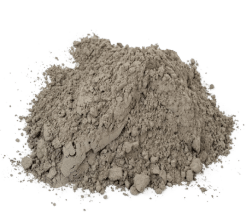
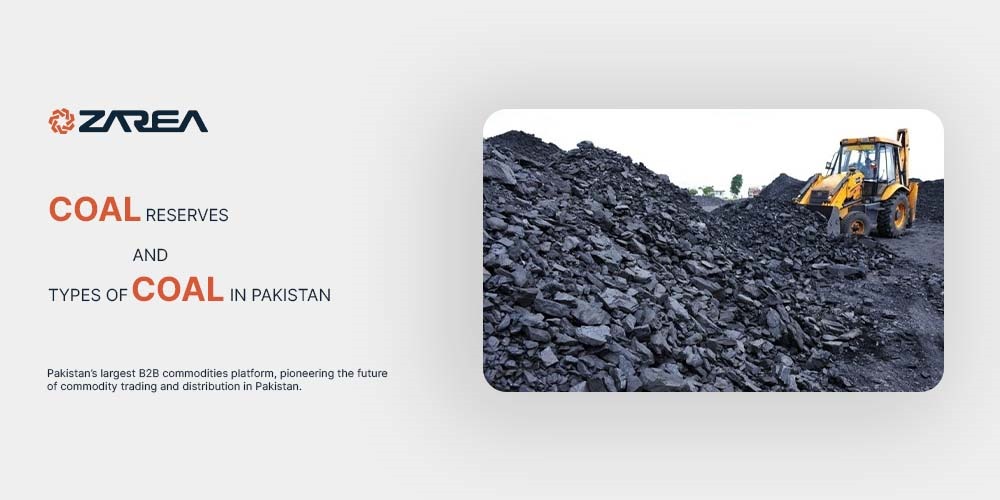





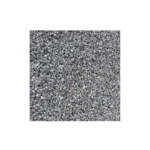

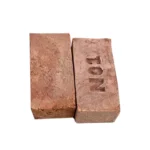
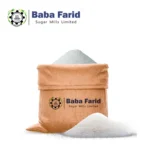



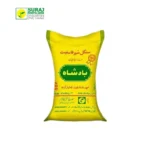


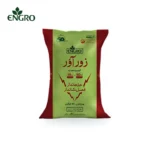

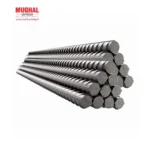
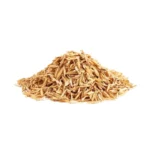

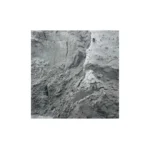

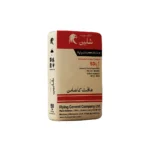

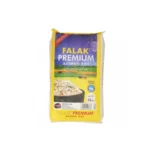

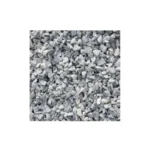
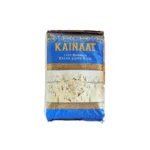


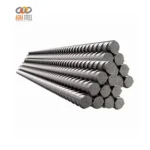
1 Comment